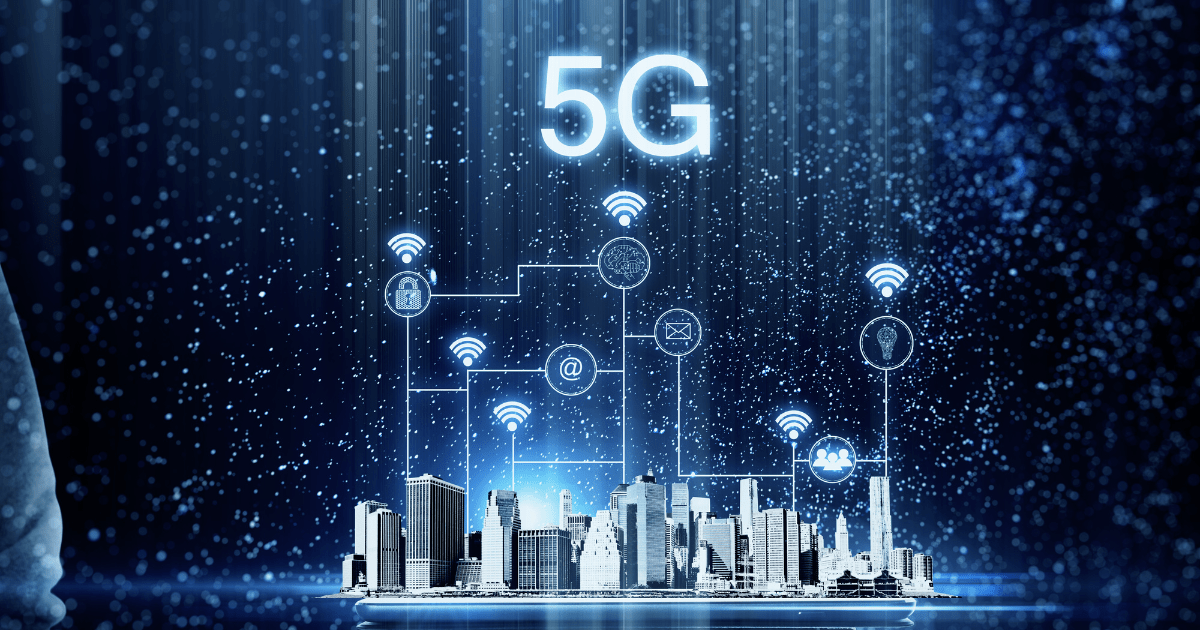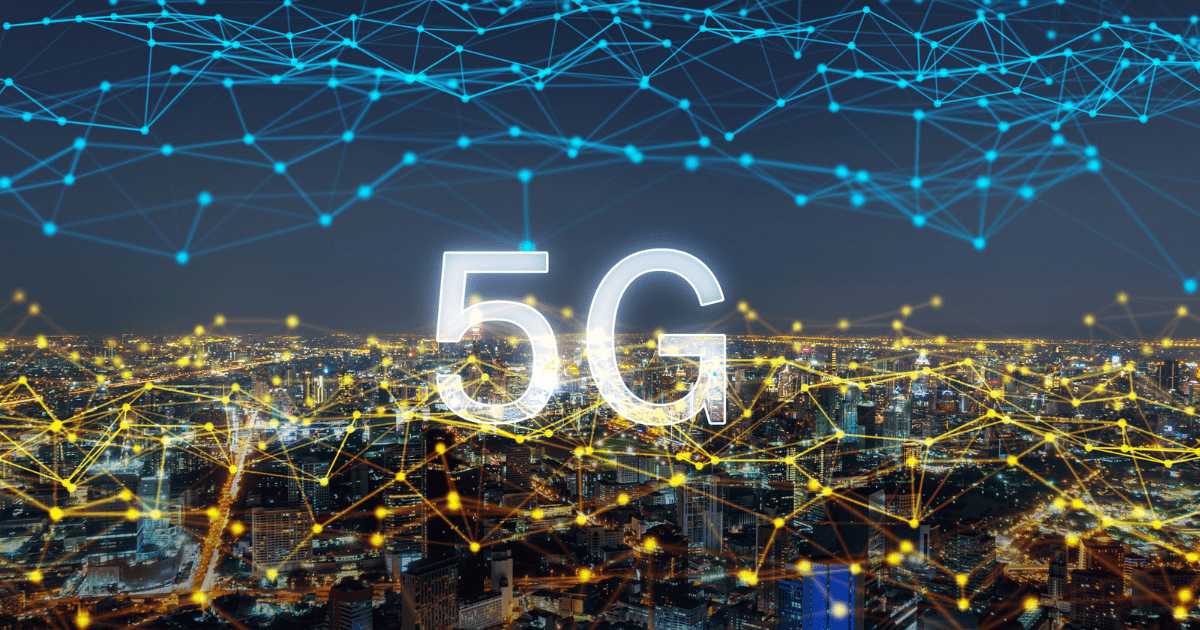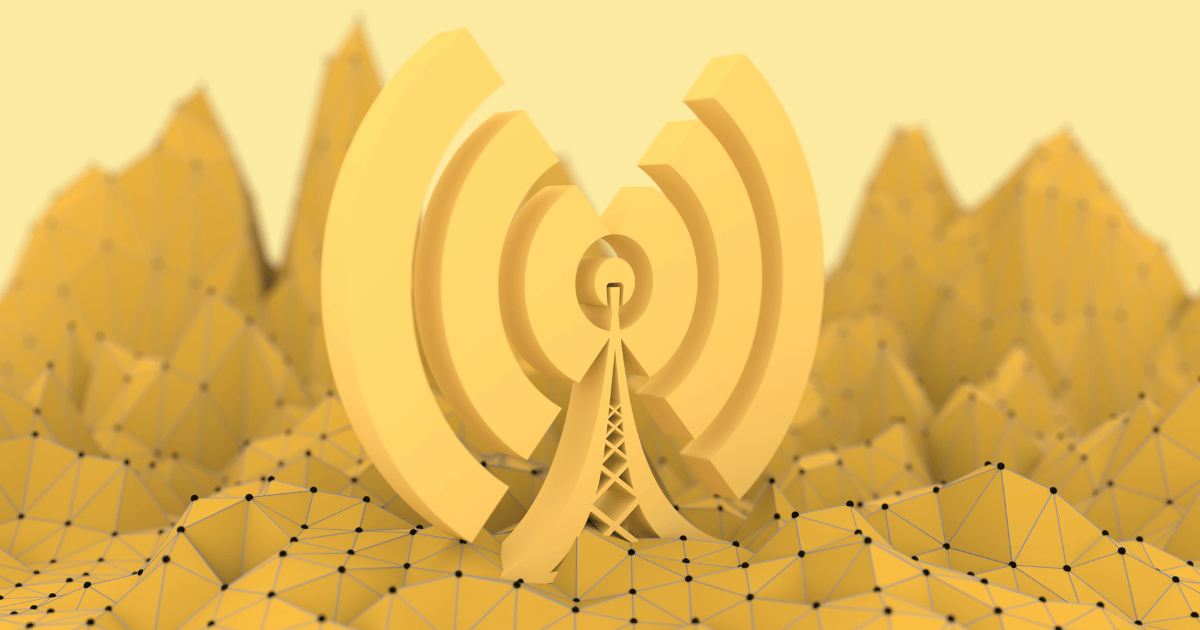5G Networks: Understanding This Revolutionary Technology

In an era where technology continuously evolves, 5G networks stand out as one of the most revolutionary advancements in telecommunications. Offering faster speeds, lower latency, and unparalleled connectivity, 5G is poised to reshape the way we live and work.
The Speed Revolution
One of the key benefits of 5G is its astonishing speed. Imagine downloading an entire HD movie in seconds or streaming 4K content without a hint of buffering. With speeds easily surpassing 1 gigabit per second (Gbps), 5G is about 10 times faster than its predecessor, 4G. This speed boost will drive innovations across industries.
Unprecedented Device Density
5G isn't just about faster internet; it's about connecting everything around us. From mobile phones and household appliances to traffic lights, 5G is designed to accommodate the growing Internet of Things (IoT). It can support up to a 1 million devices per square kilometer, ensuring that our increasingly connected world functions seamlessly.
Robust Reliability
Reliability is a hallmark of 5G networks. This technology is more robust, versatile, and efficient than its predecessors. It can adapt to various needs and provides a foundation for connecting devices within the same location while maintaining privacy and security. This adaptability is crucial in industries like healthcare, where critical data transmission must occur without fail.
Ultra-Low Latency
Latency, or the delay between sending and receiving data, is significantly reduced in 5G networks. With response times of less than 5 milliseconds, real-time applications become smoother and more responsive. This is a game-changer for applications like autonomous vehicles and augmented reality experiences, where even the slightest delay can have serious consequences.
Applications Across Industries
The potential applications of 5G networks are vast and far-reaching. Let's take a closer look at how this technology is going to transform various sectors:
1. Healthcare
Telemedicine: 5G revolutionizes telemedicine by offering high-definition video conferencing and real-time remote patient monitoring. Doctors can diagnose and treat patients from a distance, improving access to healthcare services, especially in remote areas.
IoT Healthcare Devices: Wearable health devices and sensors connected via 5G enable continuous monitoring of vital signs, medication adherence, and health conditions. This leads to early intervention and better disease management.
Data Sharing: The fast data transfer capabilities of 5G facilitate the seamless exchange of medical records, imaging, and patient information among healthcare providers. This enhances collaboration and reduces administrative burdens.
2. Entertainment
Immersive Content: 5G brings immersive entertainment experiences to a new level. Users can enjoy virtual reality (VR) and augmented reality (AR) content with ultra-low latency. This is a game-changer for gaming, live events, and other experiences.
High-Quality Streaming: 5G enables high-definition and even 4K and 8K video streaming on mobile devices. This ensures that users can enjoy their favorite shows, movies, and sports events without buffering or quality degradation.
Interactive Experiences: Live streaming, gaming, and social media can become more interactive with 5G. Audiences can engage in real-time, from voting during live TV shows to playing cloud-based multiplayer games.
3. Businesses
Enhanced Connectivity: 5G offers really fast speeds and ultra-low latency, which means businesses can seamlessly connect remote offices, clients, and teams. This is particularly beneficial for businesses that rely on real-time data sharing, such as financial services, manufacturing, and logistics.
IoT Integration: The Internet of Things (IoT) will see unprecedented growth with 5G. Businesses can use IoT devices for improved asset tracking, supply chain management, and predictive maintenance. In manufacturing, for instance, IoT sensors can monitor equipment health in real time, reducing downtime.
Remote Work: The COVID-19 pandemic accelerated the shift toward remote work. 5G enables employees to work remotely without sacrificing connectivity or productivity. It supports high-quality video conferencing, file sharing, and access to cloud-based applications from virtually anywhere.
Industry 4.0: Manufacturers are adopting Industry 4.0 practices, which involve automation and data exchange in manufacturing technologies. 5G's low latency and reliability enable real-time control of machines and processes, leading to increased efficiency and reduced costs.
4. Smart Cities
Traffic Management: 5G allows for real-time traffic monitoring and management. Smart traffic lights can adjust their timing based on traffic flow, reducing congestion, and improving the overall transportation experience.
Infrastructure Maintenance: The IoT, enabled by 5G, can be used for predictive maintenance of critical infrastructure. For example, sensors on bridges and buildings can provide real-time data on structural health, ensuring timely repairs and preventing accidents.
Public Services: Smart waste management, energy-efficient street lighting, and improved public Wi-Fi are some of the services that 5G can enable in smart cities. These enhancements lead to more sustainable and livable urban environments.
5. Education
Access to Resources: 5G expands access to educational resources, particularly in underserved areas. Students and educators can access online libraries, educational apps, and multimedia content with ease.
Virtual Reality (VR) and Augmented Reality (AR): 5G enables educators to incorporate VR and AR into lessons, providing students with hands-on, experiential learning. This can be especially impactful in fields like science, history, and architecture.
Global Collaboration: 5G facilitates global collaboration among students and researchers. They can collaborate on projects, share findings in real time, and access remote laboratories or observatories, breaking down geographical barriers.

5G networks are more than just an incremental improvement; they represent a technological leap that will transform the way we live and work. With high speeds, unparalleled device connectivity, robust reliability, and ultra-low latency, 5G is poised to drive innovation across industries, from healthcare and entertainment to smart cities and education.
The future is 5G, and it's arriving faster than we could have imagined.

-min.png?width=760&height=399&name=Blog%20Post%20(45)-min.png)

